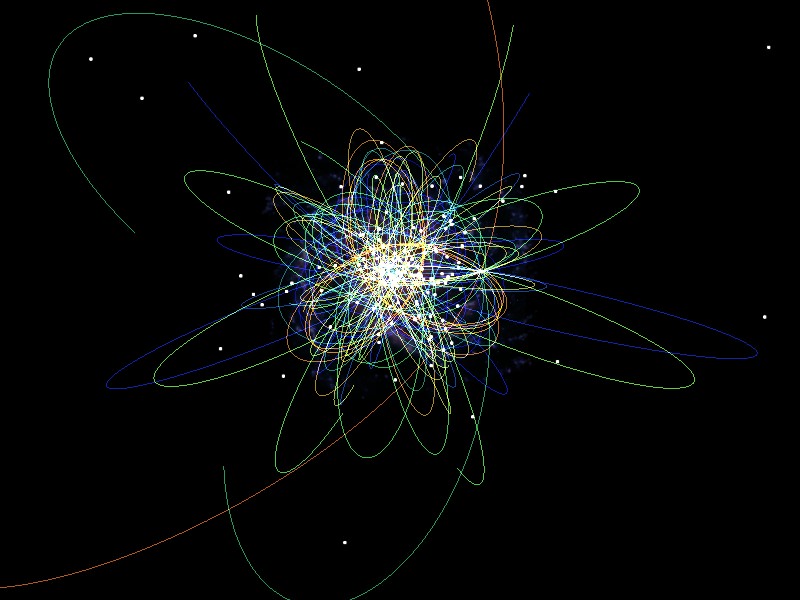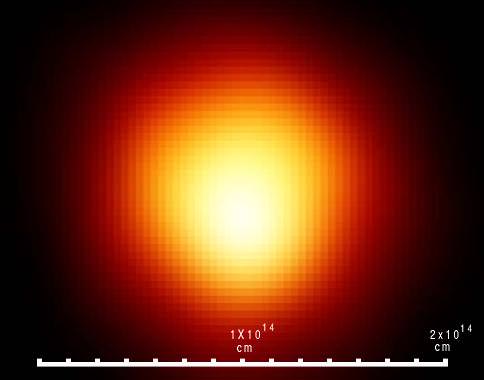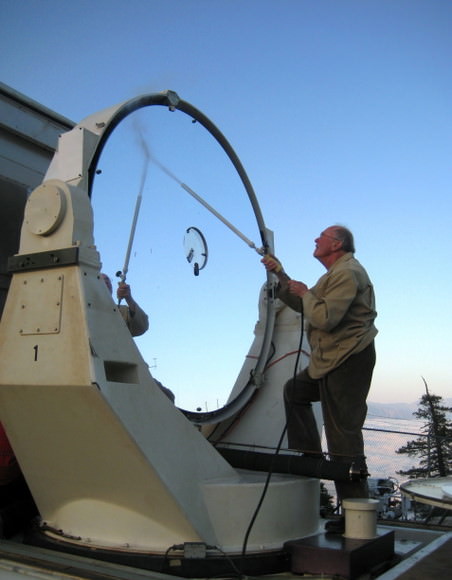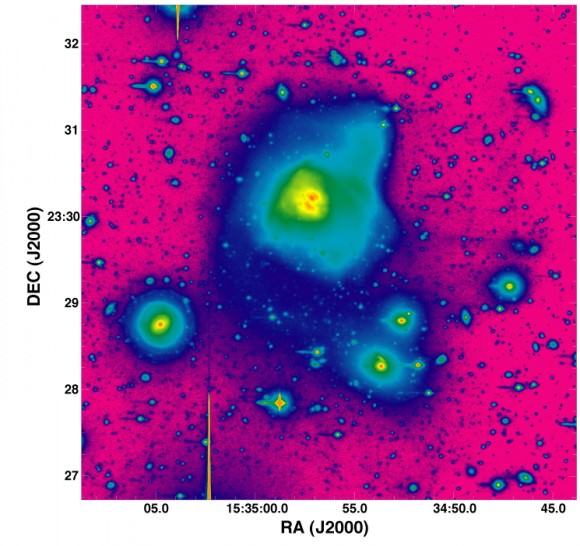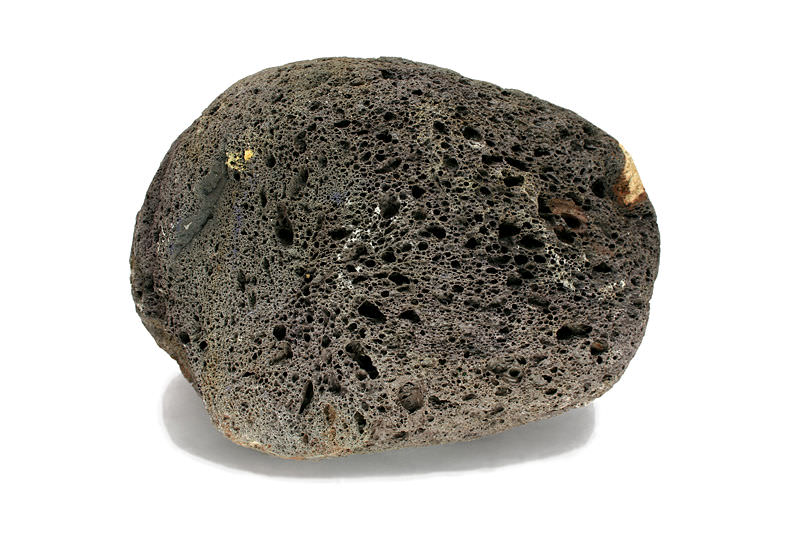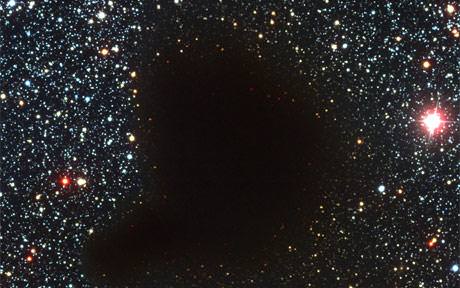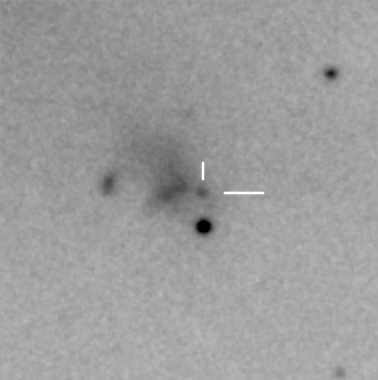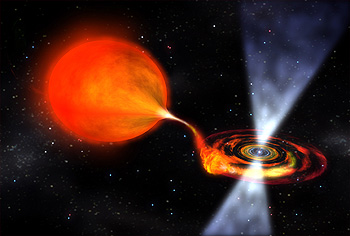[/caption]
A recently discovered type of star called ultracool subdwarfs have unusual and wild orbits unlike any ever encountered, with one such star having an orbit that loops outside and then back into our galaxy. Astronomers have now been able to clarify the origins of these unusual, faint stars that may have come from other galaxies.
“The orbits we calculated for these object are far more diverse than we have originally thought,” said Adam Burgasser of MIT. “One of the stars we studied has an orbit that appears to take it outside the Milky Way galaxy, and it may even have an extra-galactic origin.” Burgasser and colleague John Bochanski of MIT presented their findings on June 9, in a press conference at the American Astronomical Society’s meeting in Pasadena, California.
Ultracool subdwarfs were first recognized as a unique class of stars in 2003, and are distinguished by their low temperatures (“ultracool”) and low concentrations of elements other than hydrogen and helium (“subdwarf”). They sit at the bottom end of the size range for stars, and some are so small that they are closer to the planet-like objects called brown dwarfs. Only a few dozen ultracool subdwarfs are known today, as they are both very faint — up to 10,000 times fainter than the Sun — and extremely rare.
While most stars travel in circular orbits around the center of the Milky Way, ultracool subdwarfs and eccentric and very fast orbits. They appear to be traveling at very high speeds, up to 500 km/s, or over a million miles per hour.
“If there are interstellar cops out there, these stars would surely lose their driver’s licenses,” said Burgasser.
Burgasser’s team of astronomers assembled measurements of the positions, distances and motions of roughly two dozen of these rare stars. Robyn Sanderson, co-author and MIT graduate student, then used these measurements to calculate the orbits of the subdwarfs using a numerical code developed to study galaxy collisions. Despite doing similar calculations for other types of low-mass stars, “these orbits were like nothing I’d ever seen before,” said Sanderson.
Watch this movie of the projected “wild ride” of one of these ultracool subdwarfs (great music!)
Sanderson’s calculations showed an unexpected diversity in the ultracool subdwarf orbits. Some plunge deep into the center of the Milky Way on eccentric, comet?like tracks; others make slow, swooping loops far beyond the Sun’s orbit. Unlike the majority of nearby stars, most of the ultracool subdwarfs spend a great deal of time thousands of light?years above or below the disk of the Milky Way.
“Someone living on a planet around one of these subdwarfs would have an incredible nighttime view of a beautiful spiral galaxy — our Milky Way — spread across the sky,” Burgasser speculated.
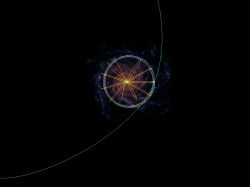
Sanderson’s orbit calculations confirm that all of the ultracool subdwarfs are part of the Milky Way’s halo, a widely dispersed population of stars that likely formed in the Milky Way’s distant past. However, one of the subdwarfs, a star named 2MASS 1227?0447 in the constellation Virgo, has an orbit indicating that it might have a very different lineage, possibly extragalactic.
“Our calculations show that this subdwarf travels up to 200,000 light years away from the center of the Galaxy, almost 10 times farther than the Sun,” said Bochanski. This is farther than many of the Milky Way’s nearest galactic neighbors, suggesting that this particular subdwarf may have originated somewhere else.
“Based on the size of its one billion?year orbit and direction of motion, we speculate that 2MASS 1227?0447 might have come from another, smaller galaxy that at some point got too close to the Milky Way and was ripped apart by gravitational forces,” said Bochanksi.
Astronomers have previously identified streams of stars in the Milky Way originating from neighboring galaxies, but all have been distant, massive, red giant stars. The ultracool subdwarf identified by Burgasser and his team is the first nearby, low?mass star to be found on such a trajectory. “If we can identify what stream this star is associated with, or which dwarf galaxy it came from, we could learn more about the types of stars that have built up the Milky Way’s halo over the past 10 billion years,” said Burgasser.
Sources: AAS, MIT (see more images and animations)

